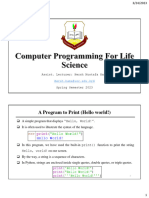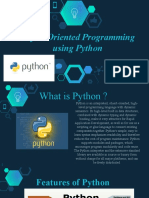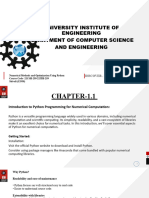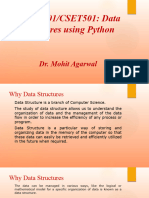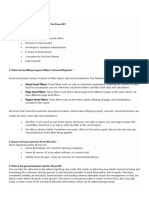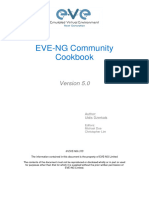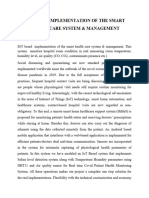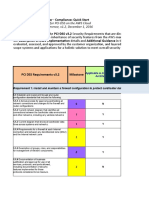0% found this document useful (0 votes)
5 views36 pagesLecture 1
This document is a lecture on Python basics, covering topics such as data types, control statements, functions, object-oriented programming (OOP), and encapsulation. It includes examples of mutable and immutable types, variable scope, and principles of OOP like inheritance and polymorphism. Additionally, it provides references for further learning and exercises related to Python programming.
Uploaded by
st9101148Copyright
© © All Rights Reserved
We take content rights seriously. If you suspect this is your content, claim it here.
Available Formats
Download as PDF, TXT or read online on Scribd
0% found this document useful (0 votes)
5 views36 pagesLecture 1
This document is a lecture on Python basics, covering topics such as data types, control statements, functions, object-oriented programming (OOP), and encapsulation. It includes examples of mutable and immutable types, variable scope, and principles of OOP like inheritance and polymorphism. Additionally, it provides references for further learning and exercises related to Python programming.
Uploaded by
st9101148Copyright
© © All Rights Reserved
We take content rights seriously. If you suspect this is your content, claim it here.
Available Formats
Download as PDF, TXT or read online on Scribd
/ 36















